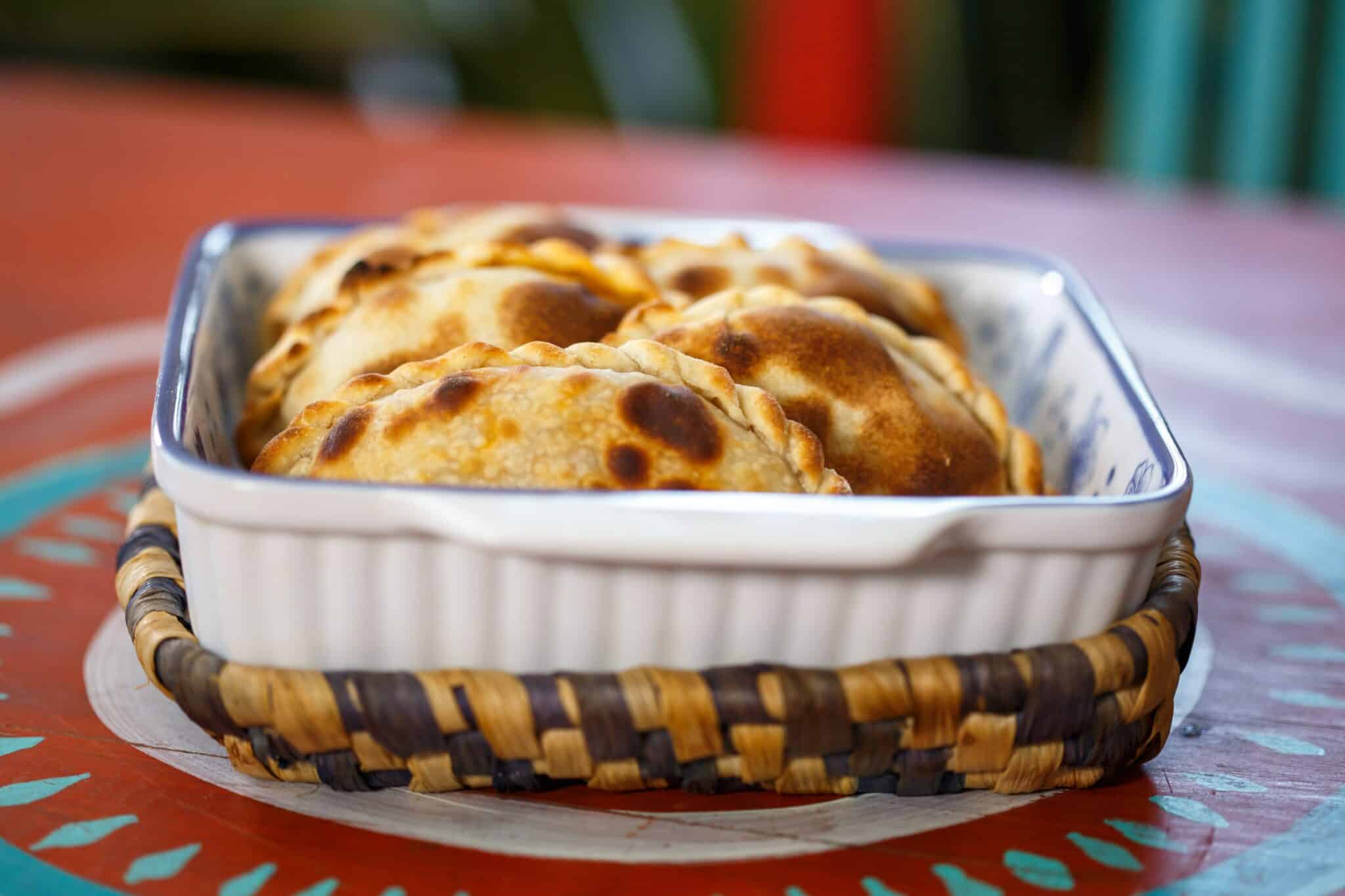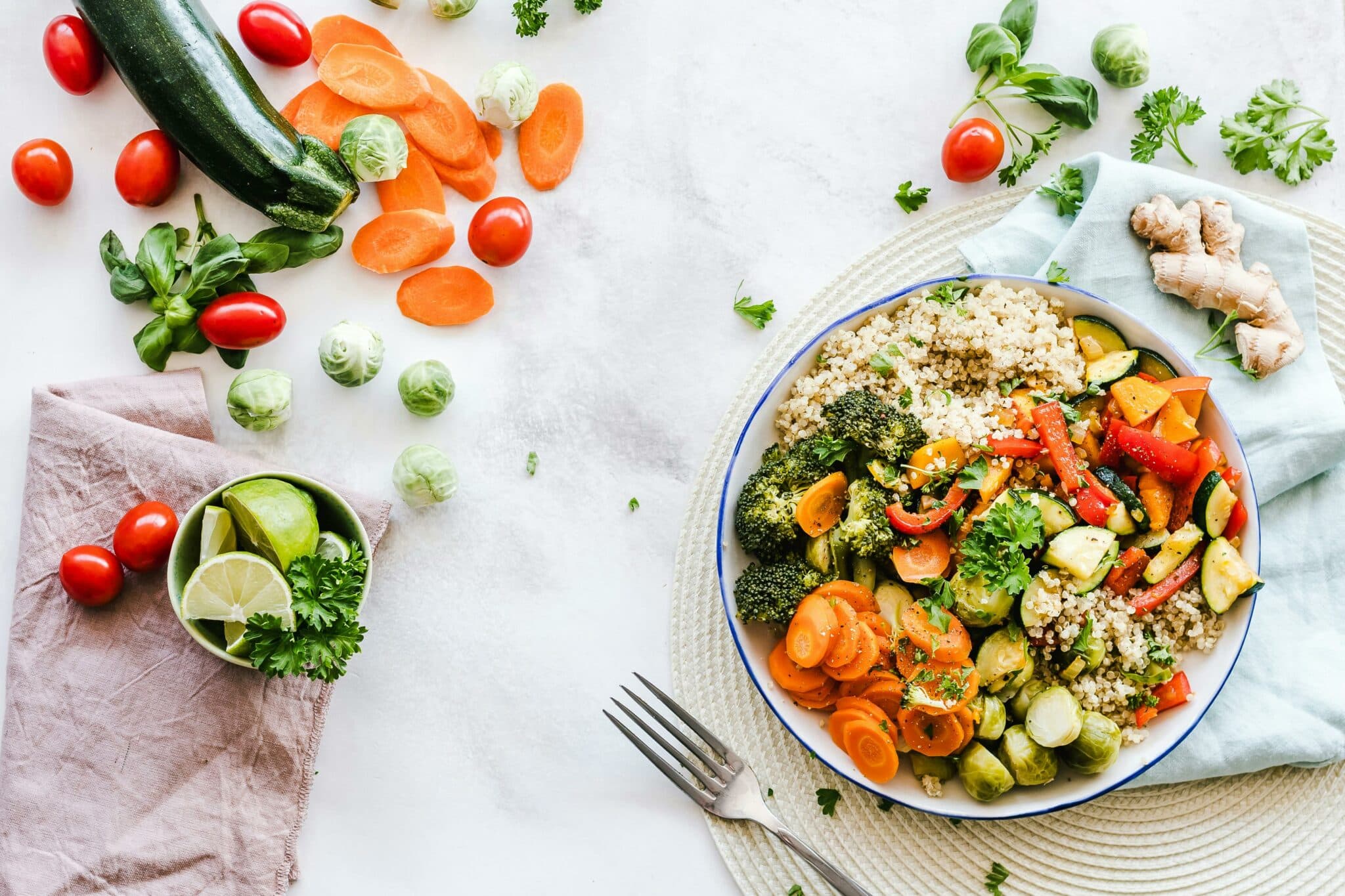Bolivian Food: 5 Dishes You Must Try During Your Visit

Bolivia is mostly known for its inspiring landscapes. However, although often overlooked, Bolivian food is a hidden gem in South America. It offers an array of textures and flavors derived from native indigenous ingredients and Spanish culinary influences.
In this post, we’ll share our selection of five dishes you can’t miss during your visit to Bolivia. But first, let’s see what makes Bolivian food unique.
What Makes Bolivian Food Unique?
The diverse climate and geography of Bolivia contribute to the regional variations in its cuisine. It features a unique combination of ingredients sourced from different altitudes. Each region offers its own distinct culinary traditions, making it a delightful exploration of tastes and customs.
Plus, just like the rest of its South American neighbors, Bolivia was a Spanish colony for almost 300 years.
Traditional staples include:
- Potatoes (with over 4,000 varieties growing in the highlands)
- Corn
- Quinoa
- Peanuts
- Beans
And they’re complemented with Spanish imports such as:
- Rice
- Wheat
- Beef
- Pork
- Chicken
All these ingredients are combined in Bolivian food to produce a harmonious fusion of flavors.
Bolivian Traditional Food: 5 Must-Try Dishes
There are multiple dishes worth trying in Bolivia. However, we cut down our list to five you can’t miss.
While in Bolivia, you should definitely try:
- Anticuchos
- Salteñas
- Soups
- Pique a lo macho
- Api con pastel
Let’s take a closer look.
Anticuchos
Anticucho is a traditional Bolivian dish of skewered and grilled meat and offal. You can trace its roots back to pre-Columbian times in the Andean region. While its origins are ancient, modern variations of this dish have gained popularity across various countries in South America, with Bolivia and Peru being notable hotspots.
Generally, bolivian anticuchos are made with beef or chicken heart, which is marinated in a blend of garlic, vinegar, and an assortment of spices (i.e., oregano, cumin, mint, parsley, black pepper, and salt). Plus, they’re commonly accompanied by roasted potatoes and a zesty aji peanut sauce.
Anticuchos are easy to find all over the streets of La Paz.
Salteñas
If you want to get the full Bolivian experience, indulging in a salteña is a must. It’s a typical Bolivian late-morning breakfast dish that is loved across all corners of the country.
The salteña consists of a flavorful and slightly sweetened dough that is filled with a hearty stew-like mixture.
The filling typically includes:
- Tender pieces of meat, such as chicken or beef
- Sliced onions
- Cubed potatoes
- Peas
- Olives
- Pieces of hard-boiled egg
The stew is seasoned with a blend of herbs and spices to enhance the flavors. Moreover, some vendors offer vegetarian options as well.
Nevertheless, it’s worth mentioning that what sets each salteña apart is the dough. It varies based on the region and the vendor. Some make it light and flaky, others opt for whole wheat, while others make a thick and dense crust. This diversity adds to the charm of this beloved Bolivian delight.
Soups
Soups are a staple of Bolivians’ daily meals. They typically have a two-course lunch, with soup being the first course (even on hot days).
Some classic Bolivian soups include:
- Sopa de maní (peanut soup): A rich and creamy beef broth made with ground raw peanuts, diced onions, tomato, peas, oregano, and cumin. This soup is served over roasted calf or beef ribs. It’s topped with crispy fries and boiled, cubed potatoes
- Sopa de chairo (chairo soup): A hearty and flavorful soup that is often enjoyed in the Andean regions of Bolivia, particularly in the high-altitude areas. Its main ingredients typically include chuño (dried potatoes), meat (often lamb or beef), carrots, peas, cabbage, corn, barley, and sometimes rice.
- Crema de choclo (corn cream soup): This dish is commonly called lagwa de choclo as well. It’s made out of large yellow or white kernels, cubed potatoes, bacon, lima beans, garlic, cumin, ají, and cream. Crema de choclo is topped with a poached egg and served over slices of salty cheese.
Pique a lo Macho
Pique a lo macho (or pique macho) is an indulgent feast hailing from Cochabamba, Bolivia. It boasts a hearty combination of sliced beef, sausages, crispy french fries, onions, tomatoes, locoto chili peppers, and hard-boiled eggs. To add to the flavorful medley, it is served with ketchup, mustard, and mayonnaise.
The smaller portions of this dish are simply known as « pique. » Meanwhile, « pique macho » is used for the massive serving, which is often enhanced in spiciness by adding pimentón.
Legend has it that pique a lo macho was born when a group of drunk workers stumbled into a closing restaurant in Cochabamba. Although there was no food available, they insisted they would eat anything. Therefore, the owner whipped up a meal with whatever she found.
She made it extra spicy to help them sober up and challenged them with the words, “Piquen si son machos”, which translates to “Eat if you’re man enough”. Thus, pique a lo macho was born.
Api Con Pastel
Api con pastel might be the ultimate Bolivian food experience. Most often, you’ll come across Api Morado, made from purple corn, cloves, cinnamon, and hints of orange peel. You can also find Api blanco, which is made from white corn. As Api originates from the chilly Andean regions, it’s traditionally served hot to keep the body warm in the cold mountain air. Typically, when you order Api, it is accompanied with pastel, a fried pastry filled with gooey cheese.
Locals adore starting their mornings with a steaming cup of Api con Pastel to beat the morning chill. There are plenty of street vendors and marketplaces in Bolivia where you can easily find it.
Don’t Forget About Travel Restrictions
From the majestic peaks of the Andes mountains to the lush expanses of the Amazon rainforest, Bolivia’s natural beauty is unparalleled. Plus, it has a unique cultural heritage shaped by indigenous traditions and colonial influences. And this clearly translates to its iconic dishes.
Nevertheless, bear in mind that if you’re visiting Bolivia, you’ll need to take a mandatory PCR COVID test within 72 hours before your arrival.
Need a COVID test before your trip to Bolivia? No matter where you are, find testing locations near you with our global directory.



